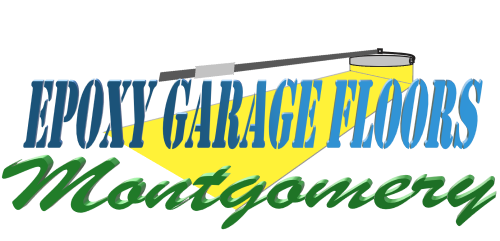When it comes to concrete texturing there are several different techniques that can be used to make concrete look much more exciting then just a slab on the ground. These are our 11 different & amazing techniques or methods that are typically used when texturing concrete. These include the staining method, epoxy coatings, polished concrete, stamped concrete, the wood textured method, stenciled concrete, engraving or etching concrete, textured rollers, broom finish, float and trowel finish, and the rock salt finish.
1. Concrete Staining, The Most Popular Concrete Texturing Technique
The current most popular way to add texture to concrete is the staining method. It is a process that takes place exactly how it sounds, by staining the concrete a different color. Depending on the color you choose the stain can cause the concrete to look like natural stone, leather, or marble. Concrete staining can be utilized on both old and new concrete flooring.
2. Epoxy Coatings
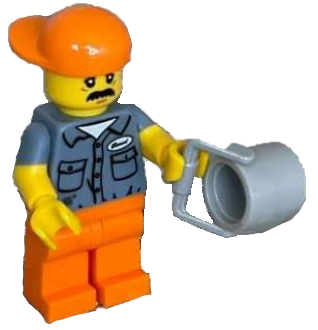
Another technique that has become quite popular lately is applying epoxy coatings to your concrete. This adds a glossy look to your concrete that is really quite eye-catching. There are a few different options when choosing what kind of
coating you would like. The three most common are epoxy coatings that contain mosaic terrazzo, metallic hues, and decorative chips or flakes.
3. Polished Concrete
Similar to the epoxy coating is the technique of polished concrete. This method also provides a glossy look but through a completely different process. Polished concrete is accomplished by using equipment such as floor grinders that are equipped with diamond abrasives. The amount of gloss that your floor will produce depends upon the level of abrasive used during the process of polishing.
4. Stamped Concrete
The next technique in concrete texturing has completely taken off in the past few years as the way to make your concrete flooring stand out among the rest. This technique is called stamped concrete. Although, many refer to stamped concrete as either textured or imprinted concrete. There are so many different ways you can use stamped concrete but it gives your flooring the look of tile, brick, natural stone, and it can even be made to look like wood. Since it is concrete it is half the price of using actual tile, brick, or stone. The process of coloring the surface with a color hardener has taken off as well, which emphasizes the stamped concrete, really making it pop.
5. Wood Textured Concrete
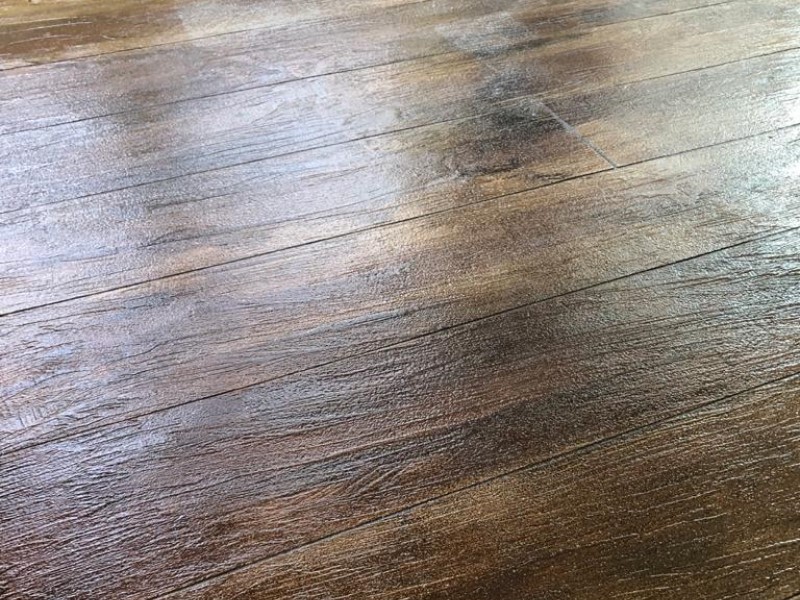
Close to the stamped concrete technique is the wood textured method. This involves scoring and staining and provides a softer texture over the stamped technique. Moreover, it tends to resemble real wooden boards and is less expensive. Many homeowners are choosing this option for areas that they would like the look of hardwood floors in. Others are using it as their decking outside for their porches or swimming pools, since there is no worry of wood rot with concrete.
6. Stenciled Concrete Technique
If you are looking for a truly unique concrete texture then stenciled concrete is the way to go. The options are endless since any stencil pattern can be made with computers using modern technology. The beauty is that the stencil design can be as simple or as intricate of a design as you desire. The way stenciled concrete works is that the stencil design decided on is placed over the concrete and then the concrete is stained, leaving your beautiful stencil design in full view. Furthermore, another benefit to this method is that unlike stamped concrete, stenciled concrete is left with a smooth surface. This is particularly advantageous in colder states where snow and ice can accumulate.
7. Engraving or Etching Concrete
Similar to the stenciled concrete method is the concrete engraving or etching technique. However, this technique requires carving of the actual concrete by tools and other equipment. The result though is a permanent statement that is extraordinary and is sure to be the talk of friends, neighbors, and passerby’s alike. Typically concrete engraving also includes staining of the concrete to really make the engraving stand out and be eye catching. The process takes a little longer then stenciled concrete and costs a little more but is well worth it.
Do You Need Concrete Texturing Service?
Concrete texturing is affordable and the results add an aesthetics that is not only beautiful through curb appeal but can increases your homes value significantly. Whether you’re looking for a concrete texture that’s purely aesthetics or a texture that provides a anti-slip function we’ve got the answers, resources & concrete texturing service that’ll make you the envy of the neighborhood. Give us a call for a no-hassle free estimate.
8. Textured Rollers Method
Another fun way to add texture to your concrete is by the textured rollers method. It can be as easy as adding a texture to a paint roller and rolling it over the fresh concrete. You can make it as subtle or as obvious as you wish, it just depends on the pressure you apply the textured roller with. Furthermore, you can double up or triple up on the rollers to add an even more unique style to the concrete. This is one of the easiest ways to add concrete texturing to your flooring.
9. Broom Finish Newley Poured Concrete
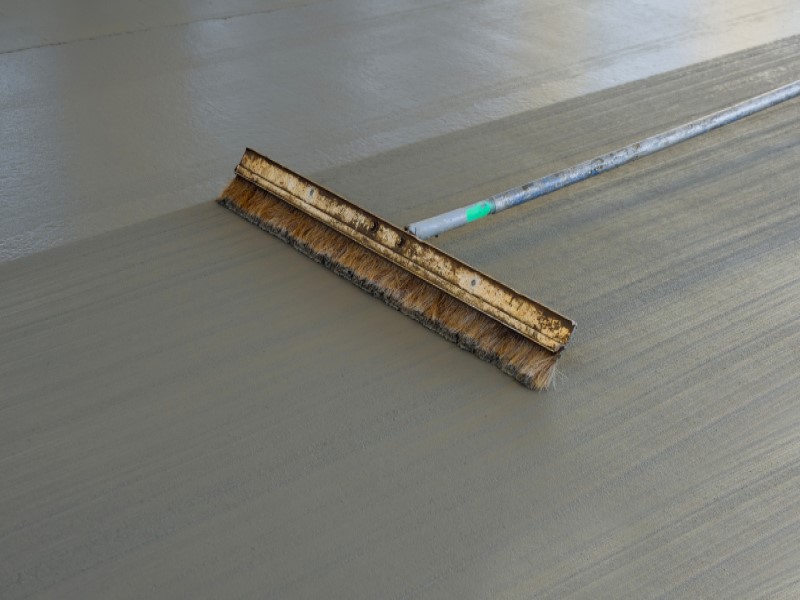
A more traditional technique for concrete texturing is the broom finish concrete method. Here the concrete is poured and a broom is pushed over the top of the concrete. The texture that is created depends upon the bristles on the broom. It is extremely successful at creating a non-slip surface. Over the years the broom finish technique has gotten a bit more exciting. Creative brushing styles have been implemented so that this technique can turn ordinary concrete into the extraordinary.
10. Float and Trowel Concrete Texturing Finish
Another traditional concrete texturing technique is the float and trowel finish. The tools that create float and trowel finishes are aluminum or wood floats, or steel trowels. If you want a more course texture then wood floats are the way to go. However, if you prefer a smoother finish then using either a steel trowel or aluminum float should be your choice. This method produces different patterns including swirls, crescents, and arcs. Depending on your preference the patterns can come in many different depths and sizes.
11. Rock Salt Concrete Finish
If you prefer a more subtle texture for your concrete, but still want a bit of flare then the rock salt finish is a great option. With this technique water softener salt crystals are added to the freshly poured concrete. While using a roller, the salt crystals are pressed down within the concrete. The dried concrete is then sprayed and washed with water, allowing the salt crystals to dissolve, which then leaves small holes, allowing for a sophisticated yet understated finish. This is an exceedingly affordable way to add some depth to your concrete.
Concrete Texturing Is Affordable
Concrete texturing is really taking off and homeowners and business owners alike are choosing these options more and more. They are affordable and can really add decorative style to any project.
